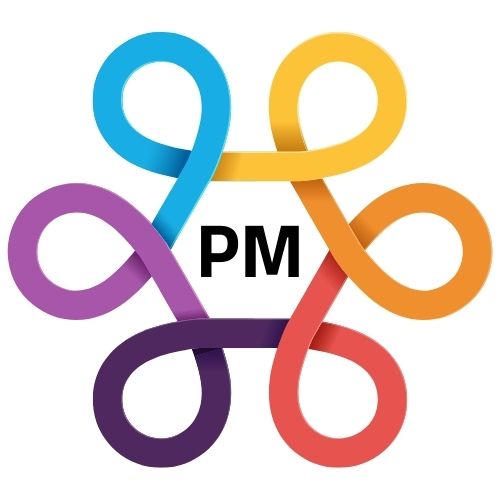The Impact of Core Web Vitals on Search Rankings

Core Web Vitals: How They're Shaping Search Rankings...
Google's constant pursuit of a better user experience has led to the increasing importance of Core Web Vitals. These metrics, measuring page experience, are no longer just suggestions; they're playing a significant role in how Google ranks websites. Understanding and optimizing for Core Web Vitals is now a crucial aspect of SEO.
What Are Core Web Vitals?
Core Web Vitals are a set of standardized metrics that Google uses to evaluate the user experience of a webpage. They focus on three key aspects:
- Largest Contentful Paint (LCP): Measures how quickly the largest content element on a page becomes visible. A good LCP is 2.5 seconds or less.
- First Input Delay (FID): Measures the time it takes for a user to interact with a page (e.g., clicking a button). A good FID is 100 milliseconds or less.
- Cumulative Layout Shift (CLS): Measures the visual stability of a page, preventing unexpected layout shifts that disrupt the user experience. A good CLS is 0.1 or less.
The Connection Between Core Web Vitals and Search Rankings
Google has explicitly stated that Core Web Vitals are a ranking factor. This means that websites that provide a positive user experience, as measured by these metrics, are more likely to rank higher in search results.
Here's how Core Web Vitals impact search rankings:
- Improved User Experience: Google prioritizes websites that offer a seamless and enjoyable user experience. Core Web Vitals directly reflect this, rewarding websites that load quickly, are interactive, and visually stable.
- Mobile-First Indexing: With the majority of searches happening on mobile devices, Google emphasizes mobile-friendliness. Core Web Vitals are particularly important for mobile performance, influencing mobile search rankings.
- Competitive Advantage: Websites that excel in Core Web Vitals gain a competitive edge over those that don't. This is especially true in highly competitive niches where even small ranking improvements can significantly impact traffic.
- "Page Experience" Signal: Core Web Vitals are a core component of Google's "page experience" signal, which also includes mobile-friendliness, safe browsing, HTTPS, and intrusive interstitials.
How to Optimize for Core Web Vitals
To improve your website's Core Web Vitals and boost your search rankings, consider these strategies:
Optimize LCP:
- Optimize image sizes and formats.
- Upgrade your web hosting.
- Implement server-side rendering.
- Use a content delivery network (CDN).
Optimize FID:
- Minimize JavaScript execution time.
- Reduce the impact of third-party code.
- Use browser caching.
Optimize CLS:
- Reserve space for ads and embedded content.
- Set dimensions for images and videos.
- Avoid inserting content dynamically.
- Use CSS transform animations.
Tools for Measuring and Monitoring Core Web Vitals
- Google PageSpeed Insights: Provides detailed reports on your website's Core Web Vitals performance.
- Google Search Console: Offers Core Web Vitals reports and identifies pages with poor performance.
- Lighthouse: An open-source, automated tool for improving the quality of web pages.
The Future of Core Web Vitals
As Google continues to refine its algorithms, Core Web Vitals are likely to become even more influential in search rankings. Staying up-to-date with the latest best practices and continuously optimizing your website's performance is crucial for long-term SEO success.
In Conclusion
Core Web Vitals are no longer just a technical detail; they're a critical component of SEO. By prioritizing user experience and optimizing for these metrics, you can improve your website's search rankings and provide a better experience for your visitors.
